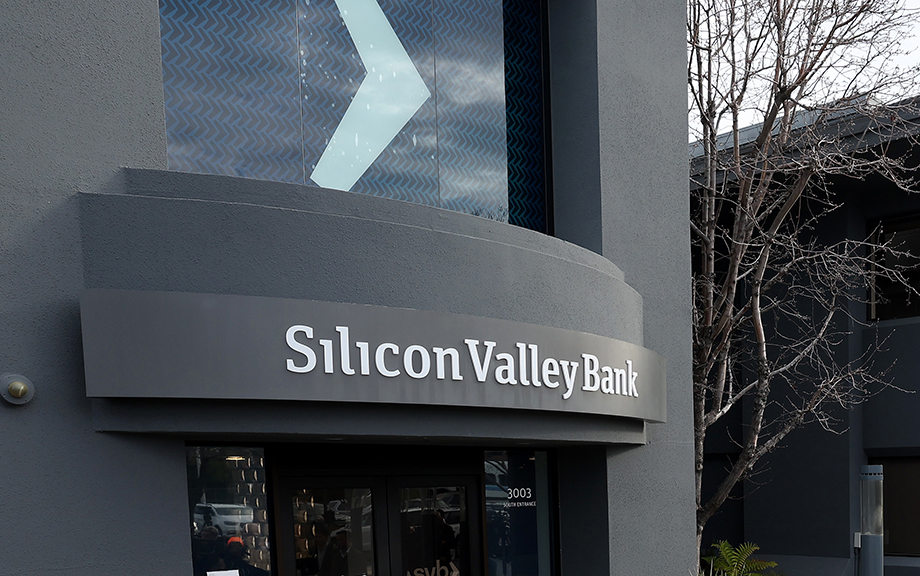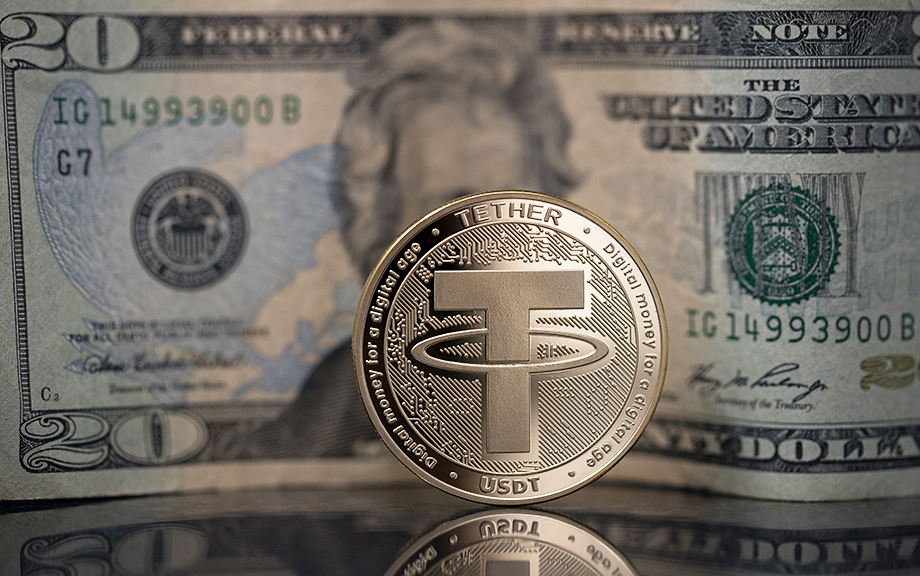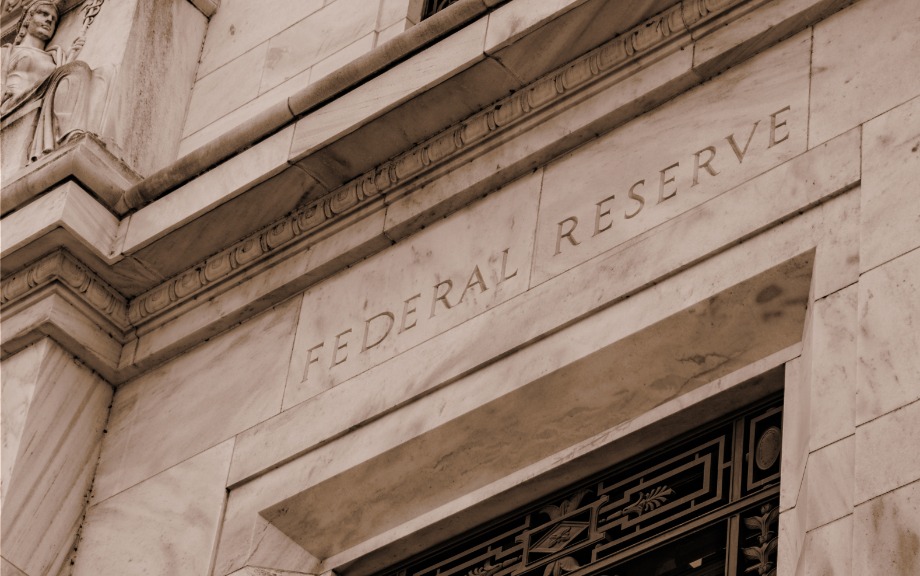Hey, Economist! Outgoing Advisor Antoine Martin Reflects on How His New York Fed Perch Has Shaped His Work

Antoine Martin, an economist and financial stability advisor in the New York Fed’s Research and Statistics Group, will soon take up a new post at the Swiss National Bank (SNB), as head of its third department covering money markets/foreign exchange (FX). In that role, Martin, who is originally from Switzerland, also becomes one of three members of that central bank’s rate-setting governing board. Readers of Liberty Street Economics will be familiar with his byline, as he has written more than sixty posts presenting new research findings and policy analysis, all with an eye for breaking down the most complicated topics in clear terms. He took a few questions from publications editor Anna Snider about his experiences and future plans as he prepares to move on.
What Makes Cryptocurrencies Different?

Permissionless blockchains, which support the most popular cryptocurrency networks like Bitcoin and Ethereum, have shown that it is possible to transfer value without relying on centralized trusted third parties, something that is new and remarkable (although perhaps most clearly useful for less developed financial markets). What makes permissionless blockchains able to transfer value without relying on a small number of trusted third parties is the combination of several components that all need to work together. The components themselves are not particularly new, but the combination of these components is more than the sum of its parts. In this post, we provide a high-level overview of these components and how they interact, taking Bitcoin as an example.
Mitigating the Risk of Runs on Uninsured Deposits: the Minimum Balance at Risk

The incentives that drive bank runs have been well understood since the seminal work of Nobel laureates Douglas Diamond and Philip Dybvig (1983). When a bank is suspected to be insolvent, early withdrawers can get the full value of their deposits. If and when the bank runs out of funds, however, the bank cannot pay remaining depositors. As a result, all depositors have an incentive to run. The failures of Silicon Valley Bank and Signature Bank remind us that these incentives are still present for uninsured depositors, that is, those whose bank deposits are larger than deposit insurance limits. In this post, we discuss a policy proposal to reduce uninsured depositors’ incentives to run.
What Is Atomic Settlement?

Distributed ledger technologies (DLTs) have garnered growing interest in recent years and are making inroads into traditional finance. One purported benefit of DLTs is their ability to bring about “atomic” settlement. Indeed, several recent private sector projects (SDX, Fnality, HQLAx) aim to do just that. But what exactly is atomic settlement? In this post, we explain that atomic settlement, as it is often defined, combines two distinct properties: instant settlement and simultaneous settlement, which should be kept separate.
The Fed’s Balance Sheet Runoff: The Role of Levered NBFIs and Households

In a Liberty Street Economics post that appeared yesterday, we described the mechanics of the Federal Reserve’s balance sheet “runoff” when newly issued Treasury securities are purchased by banks and money market funds (MMFs). The same mechanics would largely hold true when mortgage-backed securities (MBS) are purchased by banks. In this post, we show what happens when newly issued Treasury securities are purchased by levered nonbank financial institutions (NBFIs)—such as hedge funds or nonbank dealers—and by households.
The Fed’s Balance Sheet Runoff and the ON RRP Facility

A 2017 Liberty Street Economics post described the balance sheet effects of the Federal Open Market Committee’s decision to cease reinvestments of maturing securities—that is, the mechanics of the Federal Reserve’s balance sheet “runoff.” At the time, the overnight reverse repo (ON RRP) facility was fairly small (less than $200 billion for most of July 2017) and was not mentioned in the post for the sake of simplicity. Today, by contrast, take-up at the ON RRP facility is much larger (over $1.5 trillion for most of 2022). In this post, we update the earlier analysis and describe how the presence of the ON RRP facility affects the mechanics of the balance sheet runoff.
The Future of Payments Is Not Stablecoins

Stablecoins, which we define as digital assets used as a medium of exchange that are purported to be backed by assets held specifically for that purpose, have grown considerably in the last two years. They rose from a market capitalization of $5.7 billion on December 1, 2019, to $155.6 billion on January 21, 2022. Moreover, a market that was once dominated by a single stablecoin—Tether (USDT)—now boasts five stablecoins with valuations over $1 billion (as of January 21, 2022; data about the supply of stablecoins can be found here). Analysts have started to pay increased attention to the stablecoin market, and the President’s Working Group (PWG) on Financial Markets released a report on stablecoins on November 1, 2021. In this post, we explain why we believe stablecoins are unlikely to be the future of payments.
Pricing Liquidity without Preemptive Runs

Prime money market funds (MMFs) are vulnerable to runs. This was dramatically illustrated in September 2008 and March 2020, when massive outflows from prime MMFs worsened stress in the short-term funding markets and eased only after taxpayer-supported interventions by the Treasury and the Federal Reserve. In this post, we describe how mechanisms like swing pricing that charge a price for liquidity can reduce the vulnerability of prime MMFs without triggering preemptive runs.
The Fed’s Latest Tool: A Standing Repo Facility

In July 2021, the Federal Open Market Committee announced a new tool for monetary policy implementation: a domestic standing repurchase agreement facility. In the last post of this series, we explain what this new tool is and how it will support the effective implementation of monetary policy in the floor system through which the Fed implements policy.
How the Fed Adjusts the Fed Funds Rate within Its Target Range

At its June 2021 meeting, the FOMC maintained its target range for the fed funds rate at 0 to 25 basis points, while two of the Federal Reserve’s administered rates—interest on reserve balances and the overnight reverse repo (ON RRP) facility offering rate—each were increased by 5 basis points. What do these two simultaneous decisions mean? In today’s post, we look at “technical adjustments”—a tool the Fed can deploy to keep the FOMC’s policy rate well within the target range and support smooth market functioning.










 RSS Feed
RSS Feed Follow Liberty Street Economics
Follow Liberty Street Economics